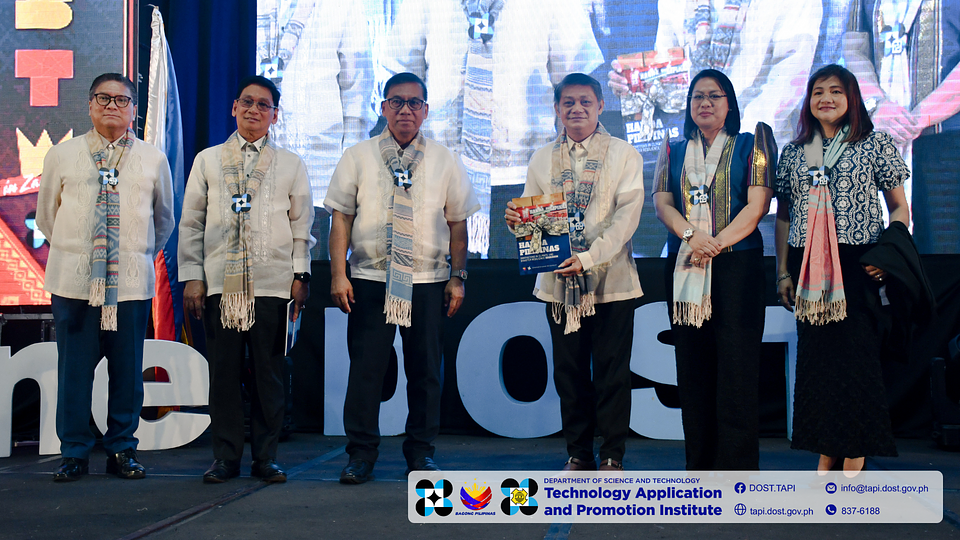ZAMBOANGA CITY, Philippines — As the country continues to face increasing threats from natural hazards, the Department of Science and Technology (DOST), together with its partner agencies, launched the HANDA PILIPINAS 2025 Mindanao Leg with the theme “Kabalikat sa Matatag, Maginhawa, at Panatag na Mindanao.” The event underscored the crucial role and partnerships between government agencies, communities, and private partners in working together to reduce disaster risks and strengthen the country’s resilience.
Mindanao’s experience with catastrophic calamities calls for the urgency of such initiatives. The island has witnessed some of the nation’s most devastating disasters: the Magnitude 7.5 earthquake of September 21, 1897, and the 1976 Moro Gulf earthquake and tsunami, which claimed thousands of lives, remain grim reminders of the region’s vulnerability. More recent events, such as the 2019 Cotabato and Davao del Sur earthquakes, Tropical Storm Paeng (Nalgae) in 2022, which caused massive flooding and landslides in Maguindanao del Norte and Maguindanao del Sur, killing at least 63 people from the region, and the 2024 Cagayan de Oro landslide, highlight how communities continue to face evolving disaster risks.
In his keynote address, DOST Secretary Renato U. Solidum Jr. emphasized, “Disasters happen when we forget the last one. What matters is how we prevent, mitigate, and prepare our response, and how we recover efficiently and effectively. When local minds are informed, empowered, and equipped, they become heroes of their own stories of resilience.”
Integrating Science, Building Resilience
The Mindanao Leg featured technologies and science-based tools designed to enhance disaster preparedness, mitigation, and response. Among the exhibits were:
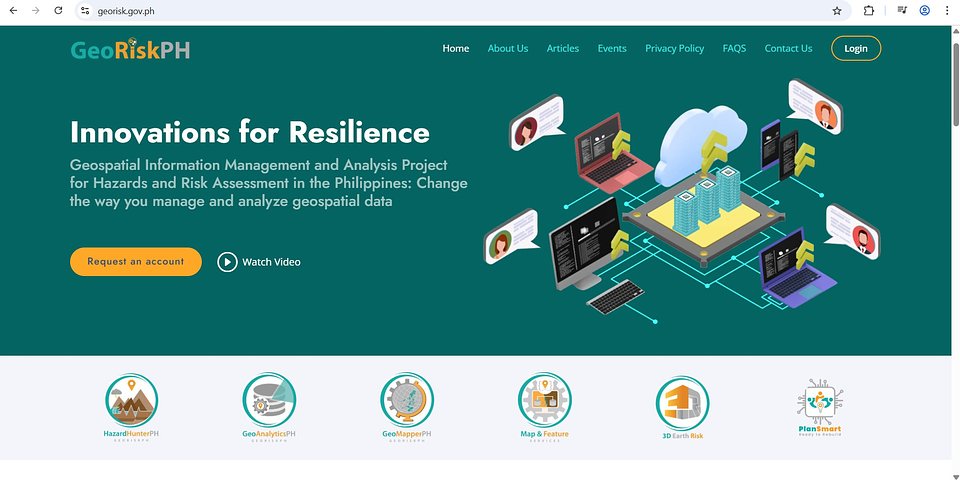
IN PHOTO: Screenshot of GeoRiskPH Website
GeoRiskPH is a multi-agency initiative led by the Philippine Institute of Volcanology and Seismology (DOST-PHIVOLCS), which provides location-specific hazard information to guide decision-making and risk assessments.
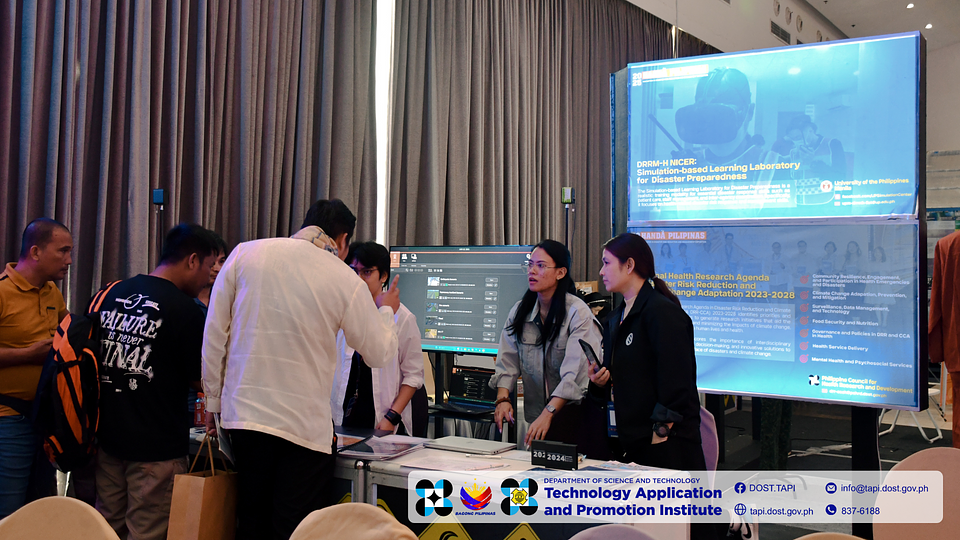
IN PHOTO: DRRM-H NICER Project 3: Simulation-Based Learning Laboratory
The DRRM-H NICER Project 3: Simulation-Based Learning Laboratory is part of the UP Manila DRRM-H Program supported by the DOST’s NICER initiative. It utilizes simulation tools such as the Emergo Train System to give future professionals practical training in disaster response and emergency management, enhancing their skills in command, communication, and coordination during critical situations.
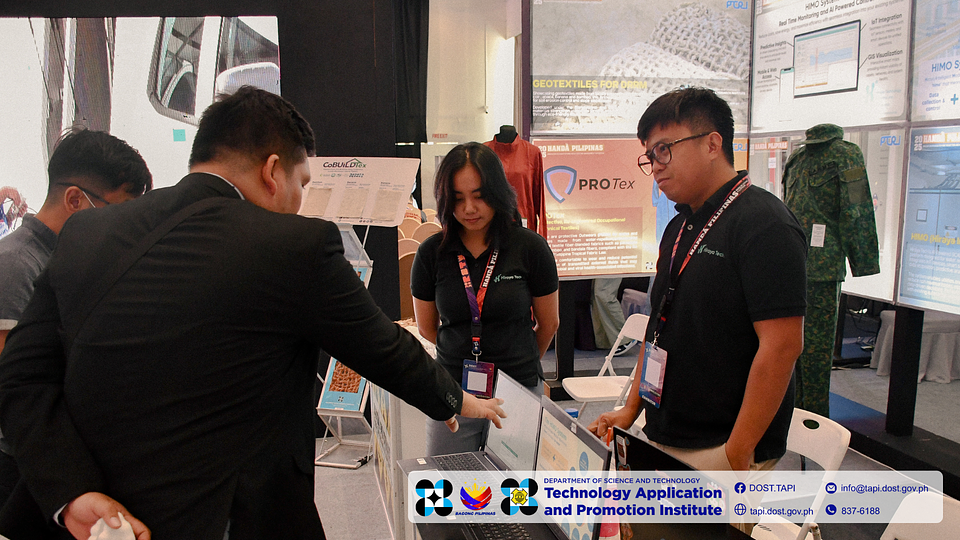
IN PHOTO: Hiraya Tech’s Hiraya Intelligent Modular Optimization (HIMO)
The Hiraya Intelligent Modular Optimization (HIMO) by Hiraya Tech is a smart water management system that uses artificial intelligence to monitor and control water flow automatically. It helps communities manage water more efficiently, providing cleaner and more reliable water while reducing waste and lowering costs.
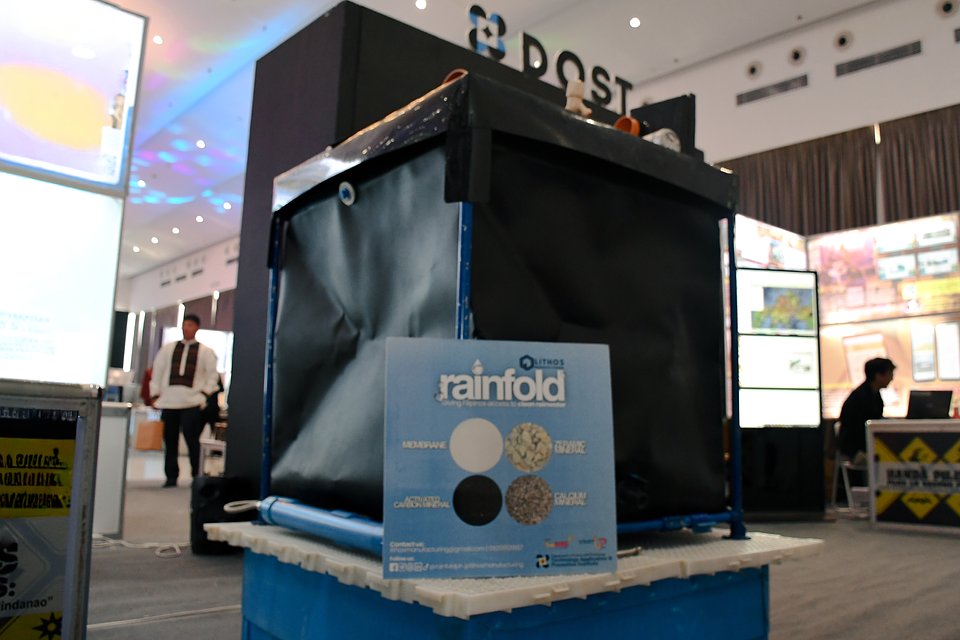
IN PHOTO: Lithos Manufacturing’s Rainfold with Zeramic Filter
Rainfold with Zeramic Filter by Lithos Manufacturing is a foldable, easy-to-install rainwater storage tank that can hold up to 1,000 liters of water. Its three-stage filter removes heavy metals, balances acidity, and improves the taste and smell of rainwater, making it a practical, portable solution for clean water storage in homes and remote communities.
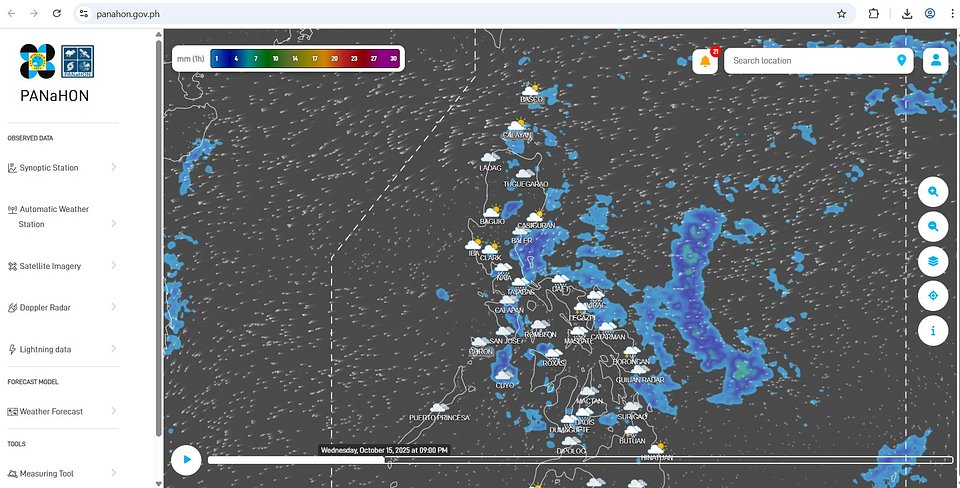
IN PHOTO: DOST-PAGASA’s PANaHON
PANaHON is a web-based application developed by DOST–PAGASA that provides accurate, location-specific weather forecasts and warnings through an interactive map. It helps the public and local communities to easily access real-time information on rainfall, temperature, and hazards, supporting better planning and disaster preparedness across the country.
In fact, Zamboanga City recently adopted DOST’s Rapid Damage Assessment and Needs Analysis (RDANA) tool, empowering communities to respond quickly and efficiently to disasters.
Collaboration at the Core of Being HANDA
HANDA PILIPINAS is a call to action for all sectors to work together in building resilience. By creating a shared platform where local government units (LGUs), communities, national agencies, and private partners can exchange knowledge and adopt innovative solutions, the initiative strengthens the country’s disaster risk reduction and management (DRRM) capabilities.
Secretary Solidum also highlighted expanded tsunami awareness campaigns in coastal communities by conducting information drives, installing early warning systems and signage, mapping evacuation routes, and supporting community drills which further reinforced localized preparedness.
The event also featured the launching and turnover of the HANDA PILIPINAS: Innovations in Climate and Disaster Resilience Guidebook. The guidebook can be accessed at handapilipinas.dost.gov.ph. Local Government Units (LGUs) are encouraged to use the Information and Technology Needs Assessment Tool included in the guidebook to contextualize local hazards and identify technology gaps, ensuring that interventions are responsive to their communities’ unique needs and contexts.
The Technology Application and Promotion Institute (DOST–TAPI) plays a key role in the implementation of HANDA PILIPINAS by coordinating the preparation and exhibition of technologies, facilitating the promotion and demonstration of innovative solutions, and providing support services for technology transfer and commercialization to local stakeholders.
As the nation continues to face urgent threats from natural hazards, the recent magnitude 6.9 earthquake in Cebu on October 5, 2025, which claimed 71 lives and caused widespread damage, serves as a clear reminder of the importance of preparedness and coordinated action across all sectors.
In this context, the upcoming Visayas Leg of HANDA PILIPINAS 2025, scheduled on October 27–29, 2025, in Bacolod City and hosted by DOST–Negros Island Region, takes on even greater significance. It aims to further strengthen nationwide collaboration, ensuring that communities across the Visayas are better equipped and empowered to face the increasing threats of natural hazards through leveraging science, technology, and innovation.



